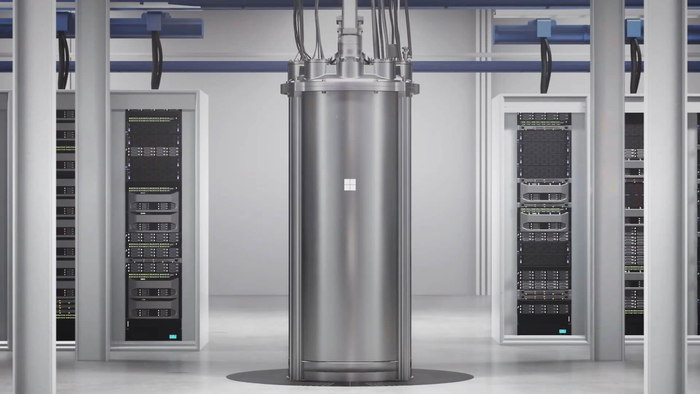IoT Growth and the Rising Challenge of Asset ManagementIoT Growth and the Rising Challenge of Asset Management
Managing a complex digital ecosystem requires new strategies to handle interconnected devices, data and security risks

The rapid adoption of IoT devices is reshaping industries globally, promising smarter, more connected operations. By 2030, experts predict the number of IoT devices will surpass 32.1 billion, embedding connectivity into virtually every aspect of asset management—from manufacturing floors to city infrastructures. However, with this exponential growth comes an unforeseen challenge: Complexity. Managing this digital ecosystem is becoming a formidable task for organizations, requiring new strategies to handle interconnected devices, data and security risks.
Managing Billions of Devices Across Borders and Systems
Organizations implementing IoT technologies are discovering that their devices quickly scale from a few thousand to millions, often spanning multiple regions. Sensors in factories, GPS trackers in fleets and smart grids in energy networks create intricate webs of interconnected devices that must communicate effectively to deliver value.
The challenge? Ensuring interoperability. Devices often come from different manufacturers, run on varied protocols and integrate with legacy systems, making effective management difficult. Without streamlined communication and centralized asset tracking, organizations risk operational inefficiencies, downtime and missed opportunities for optimization.
To combat this, companies are turning to intelligent asset management solutions that aggregate device data, monitor performance and provide real-time visibility across all assets. These solutions allow enterprises to automate key processes like maintenance and updates, preventing bottlenecks that could hinder productivity.
Every Device is a Door: The Growing Cybersecurity Threat
While IoT devices bring convenience and real-time insights, they also introduce potential vulnerabilities. Each device—whether a smart sensor or a connected HVAC system—acts as an entry point for cyberattacks. A compromised device can provide hackers with access to sensitive systems, leading to data breaches or even operational sabotage.
For example, in 2021, a U.S. water treatment plant experienced a cybersecurity breach after hackers accessed the system through poorly secured remote devices. Incidents like these underscore the importance of endpoint security and network monitoring, especially as IoT adoption accelerates.
Organizations must rethink traditional security protocols and adopt strategies designed for the dynamic nature of IoT environments. Techniques such as zero-trust architectures—which assume no device or system is trusted by default—and automated threat detection using AI-driven anomaly monitoring are emerging as critical solutions. By proactively identifying and isolating suspicious device behavior, companies can mitigate risks before they escalate.
Siloed Data, Blind Spots and the Risk to Operations
One of the promises of IoT is access to real-time data, but the sheer volume generated often leads to siloed data environments. When device data is spread across different systems without integration, organizations face "blind spots" in asset performance and operational efficiency.
For example, data from a factory floor may remain disconnected from broader supply chain monitoring systems, preventing holistic insights into production timelines. Similarly, disconnected smart city devices can result in inefficiencies, such as delayed responses to infrastructure failures.
To address this, businesses are embracing IoT data platforms that unify device data into centralized dashboards. These platforms enable real-time analytics, predictive maintenance and performance tracking by integrating disparate data streams. As a result, organizations can identify potential issues before they become costly problems and optimize processes across the entire IoT ecosystem.
Turning Complexity into an Opportunity for Growth
While the complexity of IoT asset management presents challenges, it also offers unprecedented opportunities for innovation and efficiency. By investing in scalable management platforms, robust security measures and data integration technologies, organizations can navigate this complexity and unlock the full potential of their connected ecosystems, turning a potential burden into a strategic advantage.
About the Author
You May Also Like







.png?width=300&auto=webp&quality=80&disable=upscale)
.jpg?width=300&auto=webp&quality=80&disable=upscale)